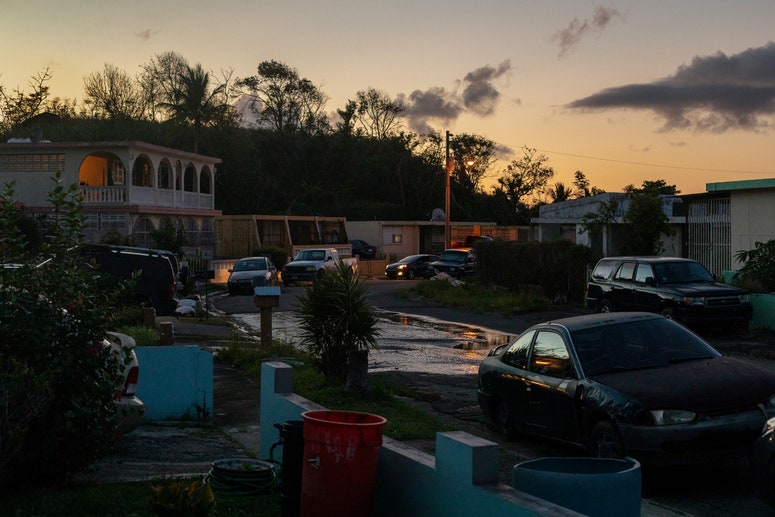Management changes at Arecibo also signaled that the observatory still had a future. In 2011, SRI International—the storied nonprofit research organization that developed the first computer mouse, inkjet printing, and the voice assistant Siri—became the observatory’s manager, sharing those duties with two other organizations, including the Universidad Metropolitana in San Juan. Until this arrangement, a Puerto Rican organization had never formally been a part of the observatory’s oversight.
While SRI was doing its utmost to keep Arecibo relevant, however, the NSF was, in the name of due diligence, actively undermining it. It published a 300-page report that laid out the cost of removing the observatory and restoring the site to its previous state, a requirement if the facility had to be decommissioned. To the observatory’s supporters, the costs of decommissioning were being deliberately and severely underestimated, a way of rendering this decision more palatable.
The NSF also announced that the next management organization would have to accept a budget that would shrink even further, to just $2 million a year by 2022. In the fall of 2015, the observatory’s director, Robert Kerr, a longtime champion of the facility, quit after falling out with both the NSF and SRI. Perhaps unsurprisingly, SRI did not apply to renew its contract when it expired.
And so, in the summer of 2017—by which point I was a veteran of numerous committees—I headed once more to Washington, to sit around a table 1,500 miles from the coquís and discuss in dispassionate terms the dismal future of a place I love. This time I came home feeling optimistic. The University of Central Florida, an unexpected candidate to manage the observatory, had made a potentially game-changing bid. The university would effectively turn Arecibo into a Florida-owned facility, making the state responsible for covering the observatory’s operations and maintenance costs.
It was risky, because the university had no experience managing an observatory the size of Arecibo, and no real tradition of radio astronomy research. More importantly, the Florida legislature would have to agree to this plan, but if it worked, the observatory would finally have a solid financial base with which to plan for its long-term future.
The downsides? They were the same as if we did not gamble: An observatory with little to no astronomy funding, and therefore little to no astronomy research. Or worse, a shuttered observatory. Ultimately, and to my surprise, the NSF selected the Florida proposal.
Then in September 2017, Hurricane Maria, a category 5 storm at its peak with winds as high as 175 mph, smashed into Puerto Rico, causing $90 billion in damages across the island. Superficially at least, the observatory was lucky. A 100 meter antenna was ripped off the platform, destroying several hundred of the dish’s panels when it fell. For a while, some equipment in the valley underneath the dish was accessible only by kayak. Still, the telescope was collecting data nine days after Maria passed, before anyone could make a cell phone call to San Juan, even as some of the staff at Arecibo also acted as first responders, distributing 14,000 gallons of drinking water a day.
Six months later, with the island still reeling, the University of Central Florida took over Arecibo. That June, a panel of scientists appointed by the NSF selected a proposal to build a new, cryogenically cooled, one-of-a-kind receiver for the telescope, capable of mapping the wisps of hydrogen gas around nearby galaxies and of detecting new millisecond pulsars, neutron stars rotating thousands of times a second. Scheduled to be installed at the observatory in 2022, this new instrument demonstrated that for some astronomers, at least, the radio telescope had an important part to play in the future of the field. In August 2019, NSF released $12.3 million to make repairs and improvements post-Maria, and NASA awarded UCF a four-year, $19 million grant to find more near-Earth objects. Optimism was once again in the air.



